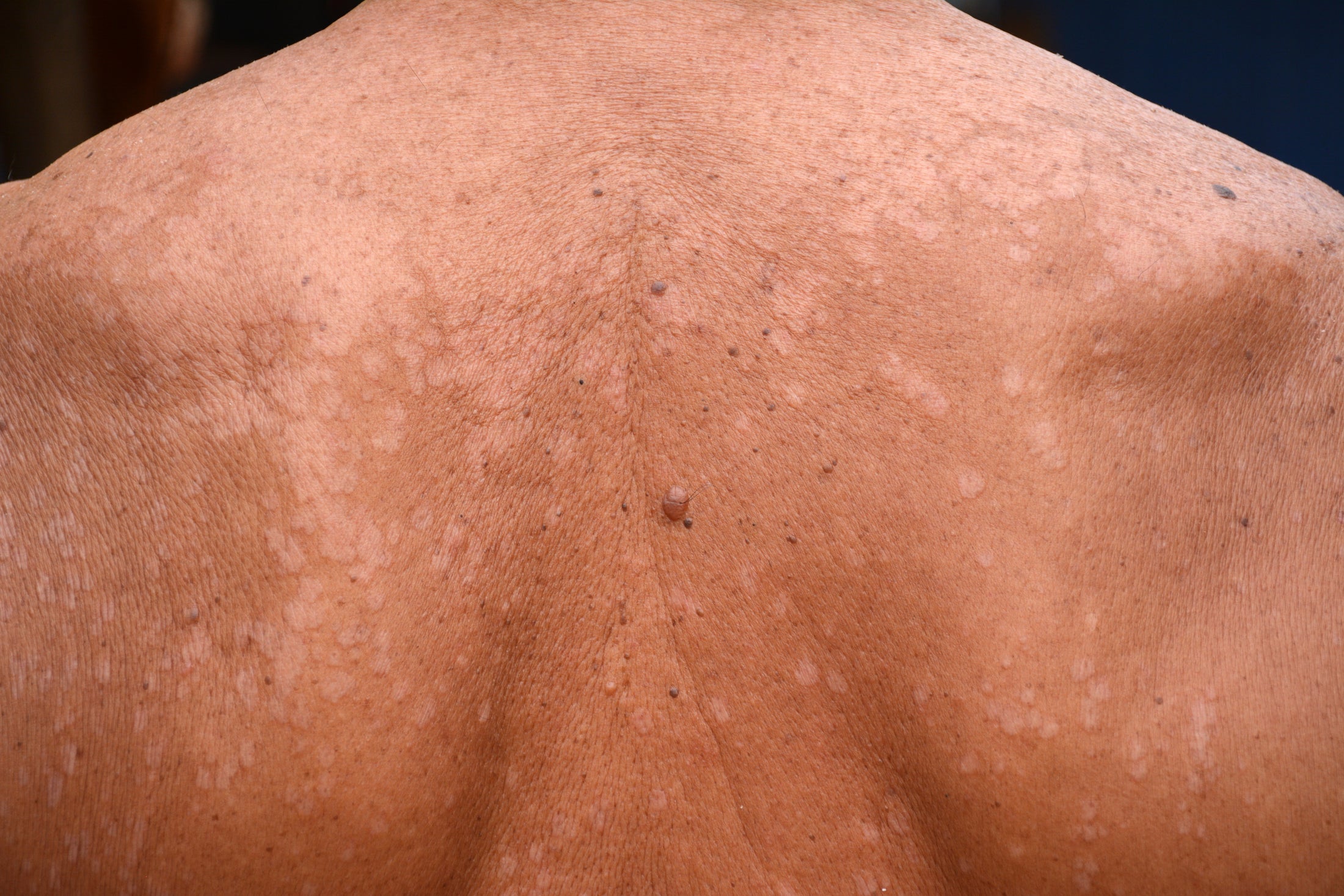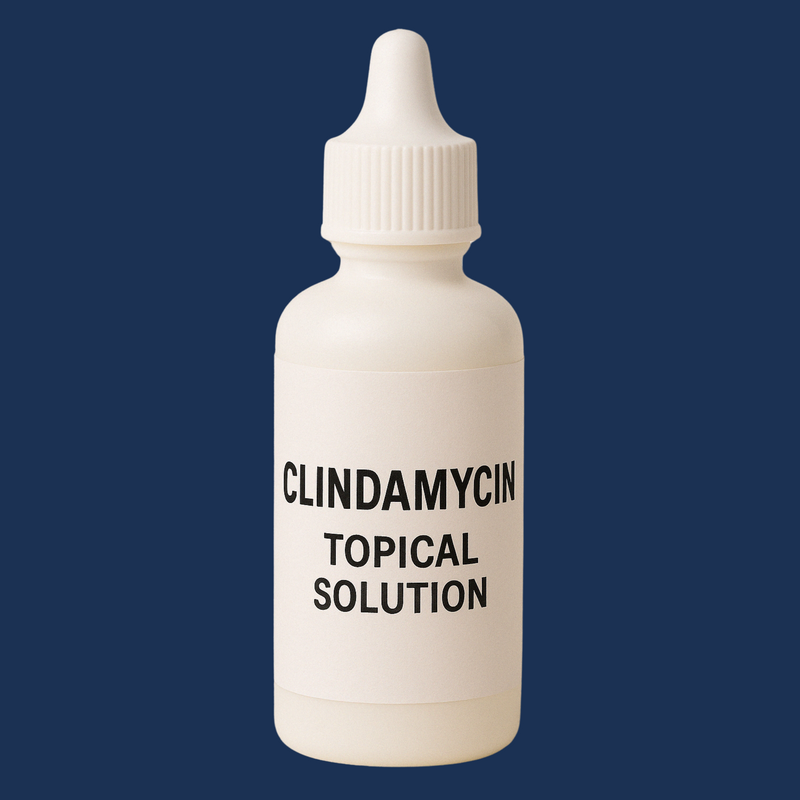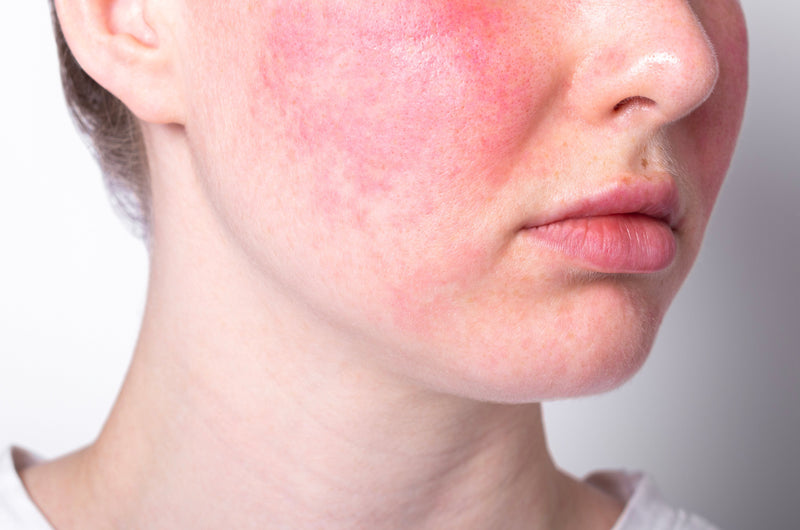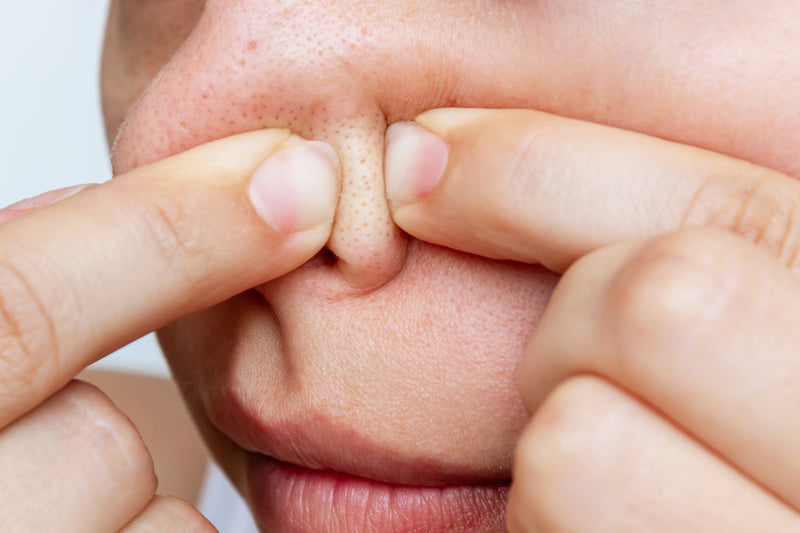Tinea versicolor is a common and often misunderstood skin condition that can affect people of all ages. While it’s not dangerous, it can be frustrating, especially when it shows up just in time for beach season. Let’s break down what it is, what causes it, how to treat it, and how to keep it from coming back.
What is Tinea Versicolor?
Tinea versicolor, also known as pityriasis versicolor, is a common superficial fungal infection of the skin. It manifests as discolored patches that may be lighter or darker than the surrounding skin, often appearing on the chest, back, and upper arms. These patches can be pink, tan, or white and may exhibit slight scaling. The condition is more noticeable in warm and humid climates and may become more apparent after sun exposure due to the contrast between affected and unaffected skin.
What Causes Tinea Versicolor?
The condition is caused by an overgrowth of Malassezia, a yeast that naturally resides on human skin. Factors that can promote this overgrowth include:
- Climate: Warm and humid environments facilitate yeast proliferation.
- Sweating: Excessive sweating can create a moist environment conducive to yeast growth.
- Oily skin: Sebum-rich skin provides nutrients for the yeast.
- Weakened immune system: Individuals with compromised immunity may be more susceptible.
It's important to note that Malassezia is part of the normal skin flora, and its overgrowth, not mere presence, leads to tinea versicolor.
How to Treat It
Treatment aims to reduce the yeast population on the skin and may include:
- Topical antifungals: Over-the-counter options like miconazole or clotrimazole creams can be applied directly to the affected areas.
- Medicated shampoos: Selenium sulfide, zinc pyrithione, or ketoconazole shampoos can be used as body washes to treat larger areas. When using an antifungal shampoo, apply it to the affected area like a body wash, lather thoroughly, and let it sit on the skin for 10 minutes before rinsing. Repeat this daily for at least one week.
- Oral antifungals: In extensive or recurrent cases, a healthcare provider may prescribe oral antifungal medications.
It's essential to follow the treatment regimen as directed. While the infection may clear within weeks, skin discoloration can persist for months until normal pigmentation returns.
Preventive Measures
To minimize the risk of recurrence:
- Maintain skin hygiene: Regularly cleanse the skin to reduce oiliness and sweat accumulation.
- Wear breathable clothing: Opt for loose-fitting, breathable fabrics to reduce moisture buildup.
- Avoid oily skin products: Refrain from using oily lotions or creams that can feed the yeast.
- Regular use of medicated cleansers: For individuals prone to recurrence, periodic use of antifungal shampoos as body washes may help prevent re-infection.
Common Misconceptions
- Contagiousness: Tinea versicolor is not contagious. The yeast responsible is already present on everyone's skin.
- Permanent skin damage: The condition does not cause permanent skin damage. Discoloration typically resolves over time post-treatment.
- Association with poor hygiene: It's not necessarily linked to poor hygiene; factors like climate and skin type play more significant roles.








